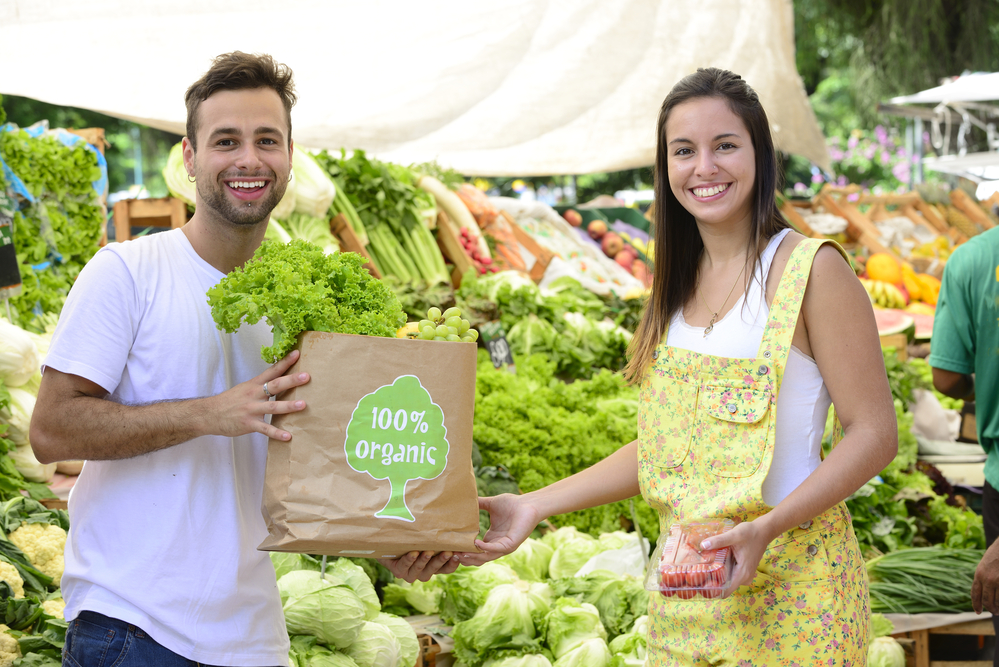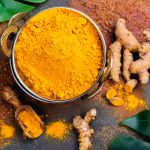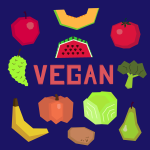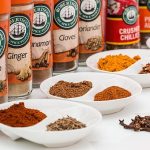Food dye allergies are one of the rarest food allergies. It only affects about 4% of people who have a food allergy. A food intolerance is different from a food allergy. A food allergy is when your body’s immune system has a reaction to something you eat. Where a food intolerance is when your body cannot digest a certain food, such as lactose, or gluten.
There are a lot of foods and even over the counter medication that can contain food dyes. The FDA does regulate what food dyes are allowed in certain foods, and all dyes should be on the foods label. The problem is knowing what these dyes are called to know if they are causing you an allergic reaction. Some foods that contain dyes are frozen fish, frozen meat, wines, liqueurs, jams, jelly, soft drinks, fruit drinks, candy, condiments, yogurt, processed cheese, ice cream, cake mixes, crackers, chips, canned fruits and vegetables, pastries, cereal, and instant pudding. Over the counter medications that can contain food dyes are liquid medicines, vitamins, and even pain relievers.
The most common food dyes that cause allergic reactions are carmine, tartrazine, annatto, and saffron.
Carmine, also called natural red 4 is made from dried bugs. It can be found in burgers, sausages, drinks, candy, and fruit yogurt. The FDA requires that this dye be listed on the labels of the foods it is in, and it regulates the amount that is in each food.
Red 40 or Allura red. Is the most common of the red food dyes. It is found in cereal, beverages, cosmetics, candy, and fruit snacks. Studies have shown that this food dye can cause allergic reactions such as face swelling and hives.
Yellow 5 or tartrazine. Is a yellow dye used in foods found in candy, canned vegetables, cheese, drinks, ice cream, ketchup, salad dressing, and hot dogs. It is the most common of food dyes to cause an allergic reaction. It has been shown to cause hives, facial swelling, and even possible asthma attacks in children.
Yellow 6 or sunset yellow. This is the third most used food dye. It is found in cereals, gelatin, candies, sausage, cosmetics, and bakery goods. It has shown to cause hives, anaphylactic shock, stomach cramps, and skin lesions.
Annatto is a dye that is made from achiote tree seeds. Another yellow dye can be found in cereals, cheeses, drinks, and snack foods. It has only shown to cause mild skin reactions.
Blue 1 or brilliant blue is the most common blue dye. It is found in beverages, cereals, candies, drugs, and cosmetics.
Symptoms
Symptoms of a food allergy can range from mild to severe. In severe cases you will want to call 911 immediately. Severe allergic reactions are usually life threatening and need to be handled as soon as possible. Mild symptoms can include, flushing, headaches, hives, or itchy skin. In severe cases you may experience swelling of the face or lips, tightness in the chest, difficulty breathing, wheezing, dizziness, fainting, fast heartbeat, low blood pressure, tightness in your throat or trouble breathing. Food dye allergies can also be a trigger for migraines. As well, Red 40 has been studied to show it can worsen ADHD symptoms in children with this condition.
Diagnosis
Food dye allergies are hard to diagnose. There is no standardized routine test to test for dye allergies. Sometimes doing some trial and error is needed. Keeping a food diary and writing down if you have a reaction to something you have eaten. If you identify the food that you believe is causing your reaction, eliminate it from your diet and see if your symptoms get better. A food challenge in a controlled environment may be a good option. This is when a doctor will monitor you closely, while you are being monitored they will give you more and more of a food containing the allergen they are looking for a reaction from. They increase the amount given to you until a reaction happens. If no reaction happens then there is no food allergy.
Treatment
Once diagnosed or if you have a suspected food dye allergy you will want to try and avoid foods that have the dye you are allergic too. Elimination diets can be hard, as well as complete avoidance. It is important you learn to read a nutrition label like a professional. Also learn all the names that dyes go by so you aren’t caught off guard if you don’t see one listed, when really it is being called by something else. If you are still uncertain you can always reach out to the manufacturer companies of the specific food you have questions about.
Food allergies can be tricky enough but the dyes used in food and medicines can also cause allergic reactions! #HealthSurgeon
Food dyes can also be found in vitamins, liquid medicines and pain relievers!
Sources:
https://www.healthline.com/health/allergies/understanding-food-dye-allergies#symptoms
https://www.allergyamulet.com/blog/2019/9/25/are-you-allergic-food-dye
https://www.nyallergy.com/food-coloring-allergy/
https://www.verywellhealth.com/red-and-yellow-may-be-the-cause-3956894









